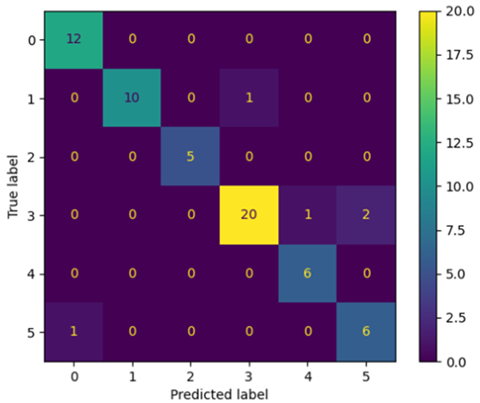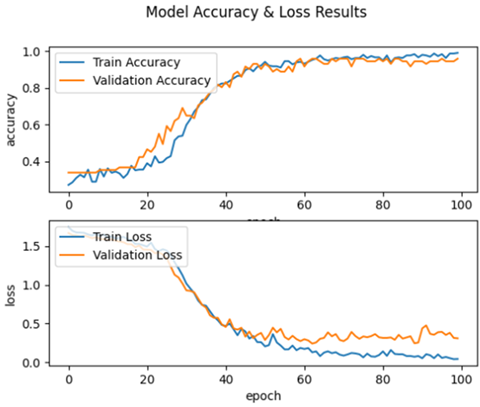Category: Other
Objective: Stage classification of Parkinson’s Disease (PD) through Electroencephalograms (EEGs) using Natural Language Processing (NLP) techniques.
Background: PD is a neurodegenerative disease mainly characterized by motor symptoms, whose evolution is determined by the Hoehn-Yahr (HY) scale. An accurate stage classification can help to improve the evaluation of the patient’s symptoms, adjust the dose of medication, and predict its efficacy. An EEG is a clinical test that records the activity produced by the pyramidal neurons of the brain as time series through scalp electrodes. NLP techniques were developed for the analysis of sequential data and stand out by their great potential and high performance. One of the most used ones is the Transformer model, based on attention modules, which seeks to find the relations between the different terms of a data sequence.
Method: 64-channel EEGs of 24 controls and 117 patients were recorded. According to their HY states they were distributed in: Class 0: 24 controls, Class 1: 29 (HY 1), Class 2: 8 (HY 1.5), Class 3: 47 (HY 2), Class 4: 15 (HY 2.5), and Class 5: 18 (HY 3). The groups of patients and controls were matched in sex and age. A label with the patient’s HY status was assigned to each EEG and the equivalence EEG-text was established associating an EEG channel with a sentence, so that each EEG segment was processed as a word. The channels were introduced sequentially to a Transformer model to find the grammatical rules that govern each stage of the disease. 15% of the dataset was set apart as a blind test set, and 20% of the remaining data was separated for validation in each training epoch.
Results: Results showed accuracy values of 99% for training, 96% for validation, and 92% for the blind test set, after 100 epochs. A small number of false negatives and no false positives were obtained. Although the model misclassified 5 patients, the predicted labels were close to the true ones, indicating that the failures of the model may be due to the difficulty of quantifying a continuous state.
Conclusion: The model showed to be a potential biomarker of the evolution of PD, with high performance and accuracy, and low error rate, in the classification of the stages of the disease. Moreover, it may constitute a good biomarker for the disease due to the null value of false positives obtained.
To cite this abstract in AMA style:
A. Maitin, J. Morales, S. Romero-Azpitarte, J. Romero, A. Arroyo Ferrer, Y. González Zamorano, F. Sánchez Cuesta, A. García-Tejedor. Biomarker based on natural language processing methods to detect the stages of Parkinson’s disease through electroencephalography [abstract]. Mov Disord. 2022; 37 (suppl 2). https://www.mdsabstracts.org/abstract/biomarker-based-on-natural-language-processing-methods-to-detect-the-stages-of-parkinsons-disease-through-electroencephalography/. Accessed April 21, 2025.« Back to 2022 International Congress
MDS Abstracts - https://www.mdsabstracts.org/abstract/biomarker-based-on-natural-language-processing-methods-to-detect-the-stages-of-parkinsons-disease-through-electroencephalography/


